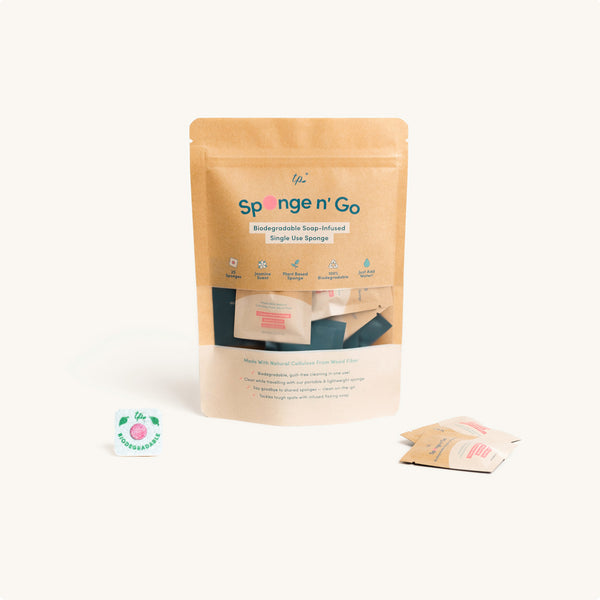Are you tired of feeling bloated and dehydrated from all the sodium in your diet? Do you want to make a change but don't know where to start? Don't worry, we've got you covered! In this three-part series, we'll be sharing tips and tricks for reducing sodium in your diet.
In part one, we'll be discussing ingredient substitutions. By swapping out high-sodium ingredients with lower-sodium options, you can significantly reduce the amount of sodium in your meals without sacrificing flavor. And the best part? You don't have to be a gourmet chef to do it!
Here are some easy substitutions you can make:
1: Swap out table salt for herbs and spices
Fresh herbs like basil, rosemary, and thyme add a ton of flavor without adding any sodium. Spices like cumin, paprika, and turmeric can also add depth and complexity to your dishes.
2: Use citrus juice and zest to add a bright, tangy flavor to your meals.
Lemon, lime, and orange juice can be used in marinades, dressings, and sauces. The zest can be used in baking and cooking.
3: Replace high-sodium condiments with low-sodium options
Soy sauce, Worcestershire sauce, and ketchup are all high in sodium. Try using low-sodium soy sauce, balsamic vinegar, or mustard instead.
4: Opt for fresh or frozen fruits and vegetables instead of canned
Canned fruits and vegetables are often packed with added salt. Fresh or frozen options are just as nutritious and much lower in sodium.
5: Choose unsalted nuts and seeds for snacking or cooking
Nuts and seeds are a great source of protein and healthy fats, but the salted varieties can be high in sodium. Opt for unsalted options instead.
Making these substitutions can have a big impact on your sodium intake. And with the help of Two Pillars' eco-friendly kitchen products, you can make these changes with ease. The Duo Cover® is perfect for reheating leftovers without drying them out or splattering your microwave with sodium-laden sauces. The ZipBag® is a reusable and washable storage option for your fresh fruits and veggies. And when it comes time to clean up, the Swedish Dishcloth is a sustainable alternative to disposable paper towels. The UniLid® is also a versatile tool for covering and storing your low-sodium ingredients and meals.
Stay tuned for part two, where we'll be discussing cooking techniques for reducing sodium in your meals. And remember, reducing sodium doesn't have to be bland or boring - with a little creativity and some simple ingredient swaps, you can enjoy delicious and healthy meals.



